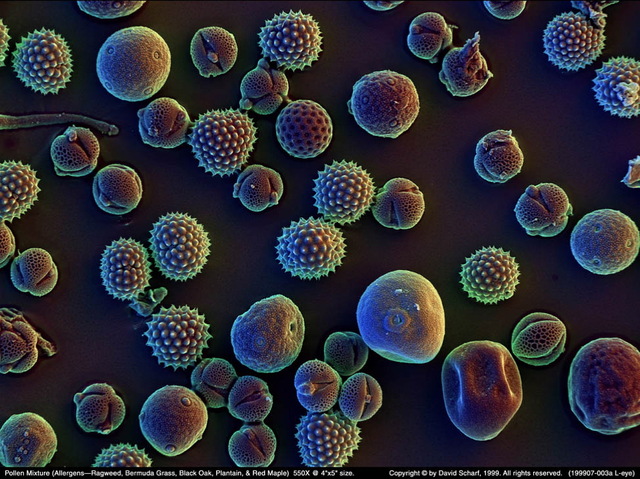What Is That? Photo Quiz
 B.
David Scharf
B.
David Scharf
 A.
David Scharf
A.
David Scharf
 C.
David Scharf
C.
David Scharf
 D.
David Scharf
D.
David Scharf












